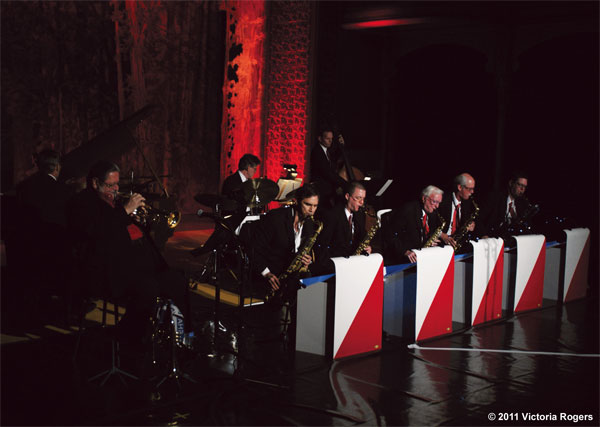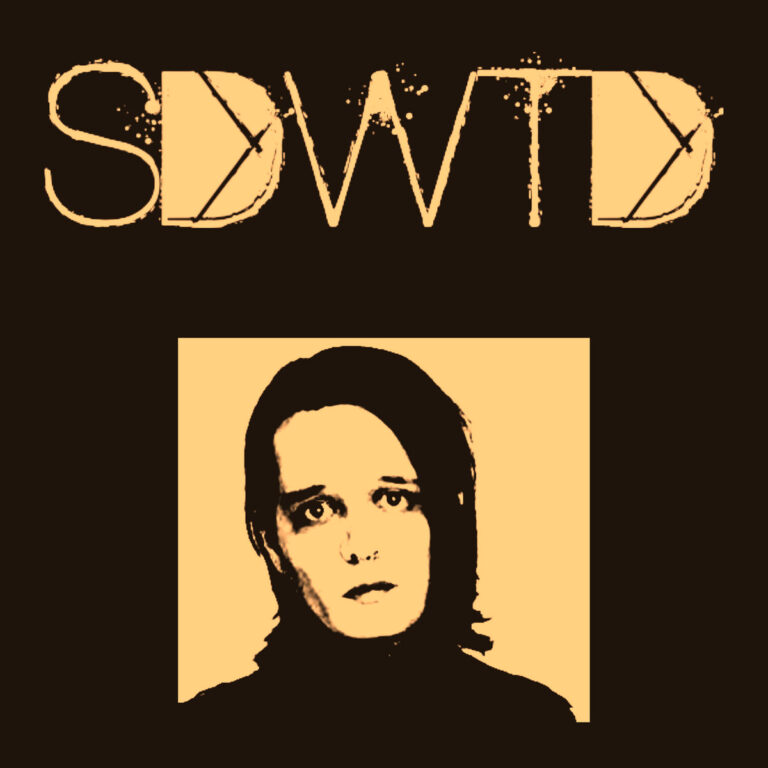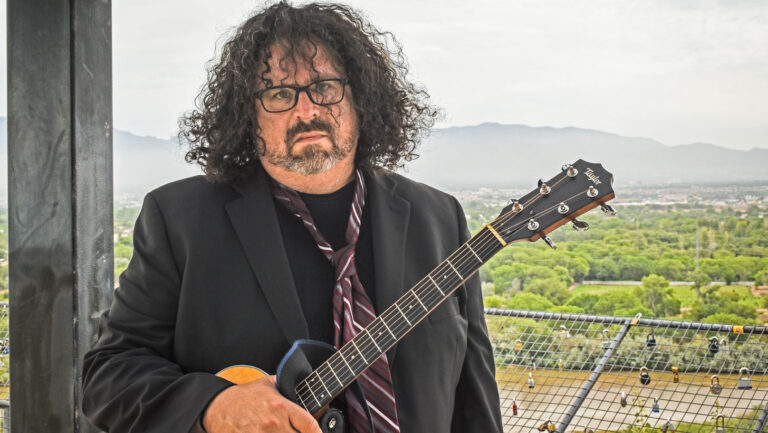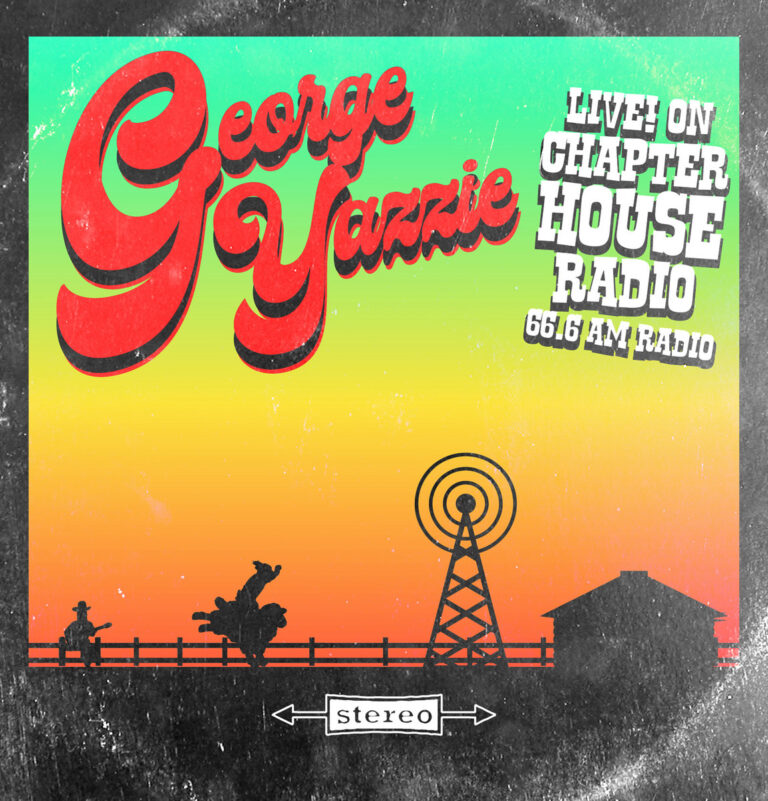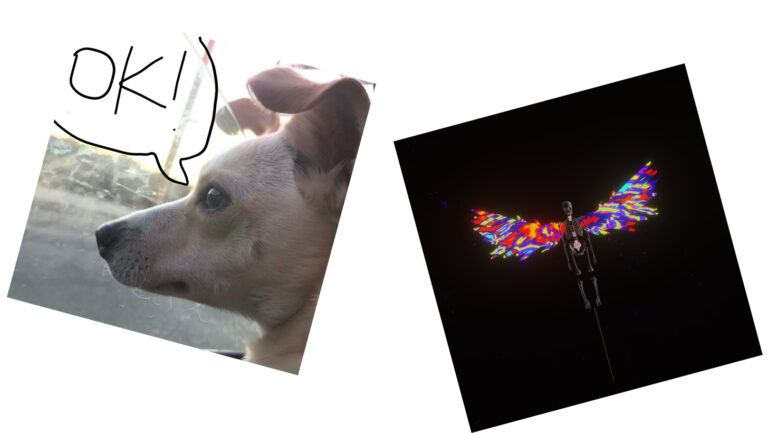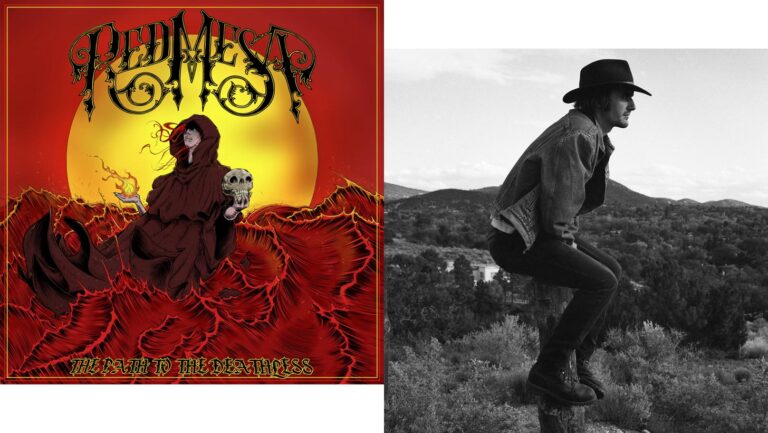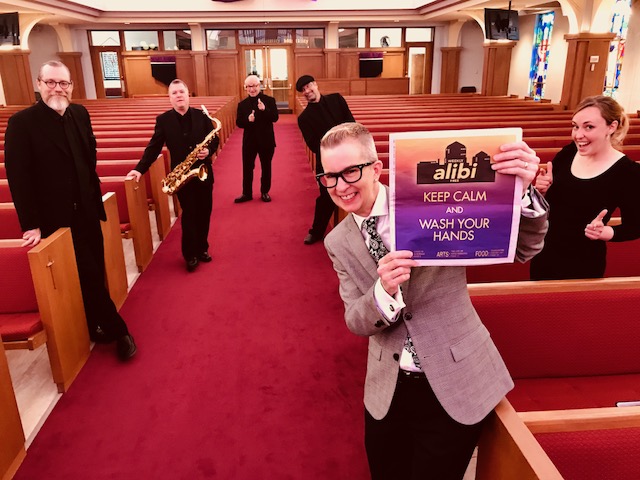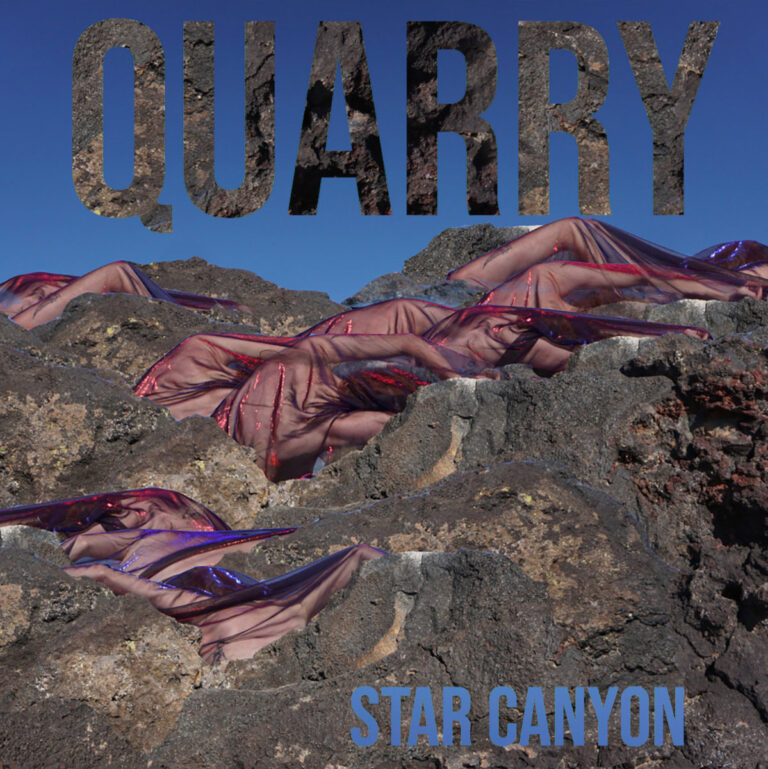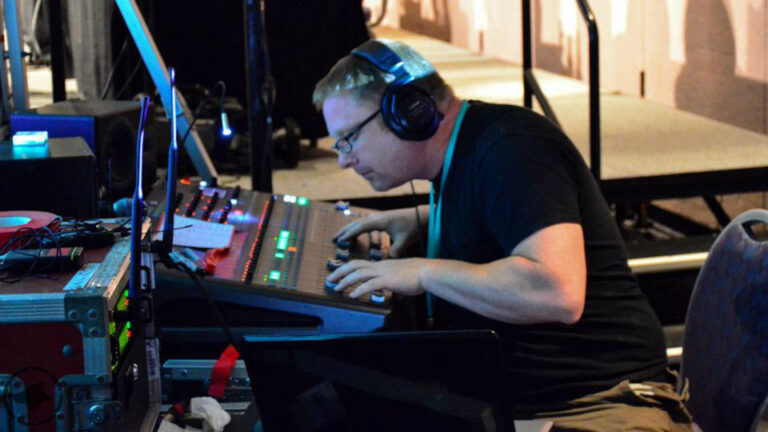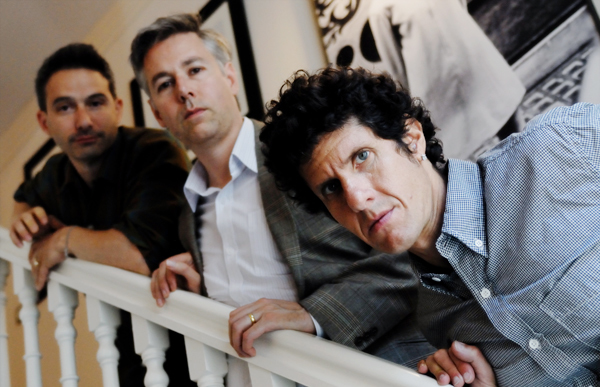Pulling It Together
The first thing Haines needed was five saxophonists willing to work themselves to the bone. “I knew I could find five saxes,” he says. “The quality of guys around here is fantastic, man. Whether I could convince them to do it or not …”Convince them he did, and he started collecting Supersax charts. Some came from the Library of Congress, where Flory had sent 26 charts in 1972. Some of the arrangements were sourced commercially. Asher contributed several that he’d bought in the ’70s. Former Supersax member Gary Foster sent Weber a Supersax chart of “Now’s the Time” arranged by Warne Marsh, who’d also been in the band for a time.Haines arranged for the parts to be copied and distributed to the players, who began their solitary, time-consuming work of learning the complex lines.A Harmonious Buzzing
Kostur, described by Haines as “the drill sergeant of the sax section,” had the unenviable job of blending the five together. “The phrase ‘Herculean task’ comes to mind,” says Kostur, who calls this project his “hardest musical work ever.”The first alto, Asher, and the baritone, Kostur, have the easier parts of the near impossible task: They merely play Parker’s solo line an octave apart. The harmonizing lines of the other three always fall within that octave, and these interior parts are particularly challenging. Played alone, they are not very musical, but they move note for note with the solo line. In an on-air interview with Weber on KUNM in May, Flory described them as sounding like “drunken bees.”Shew, who was present at many Supersax performances in the ’70s at Donte’s, a club in the San Fernando Valley, has little sympathy for the saxes. “It serves them right for taking up the saxophone. It’s a hell of a lot easier instrument than the trumpet,” he says, laughing.Comparing the saxophonists’ job to asking Nolan Ryan to pitch with a watermelon, soloist Shew admits he’s got the easier part of the gig. He’s enjoying the challenge of Parker’s music, which he likens to a suicide mission. “At the same time, one of the great things that happens to a musician is to be able to find yourself in a situation that challenges, that taps you into something that you might not push yourself into on your own,” he says.SuperSax New Mexico is proving itself up to the challenge.SuperSax New Mexico
Thursday, Dec. 1, 7:30 p.m. Outpost Performance Space 210 Yale SE, 268-0044Tickets: $20, $15 members and studentsoutpostspace.org
